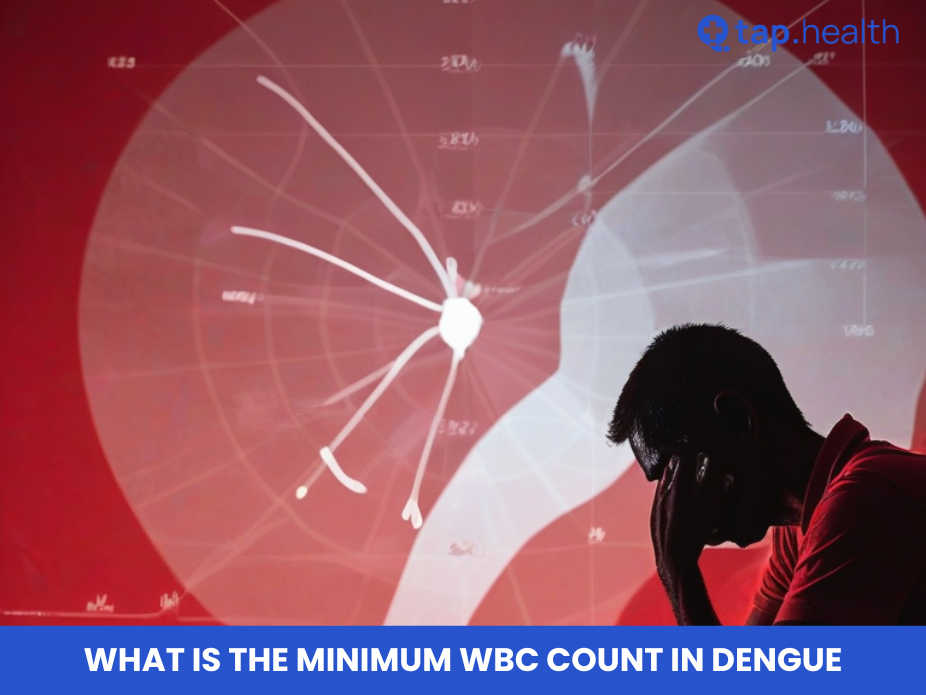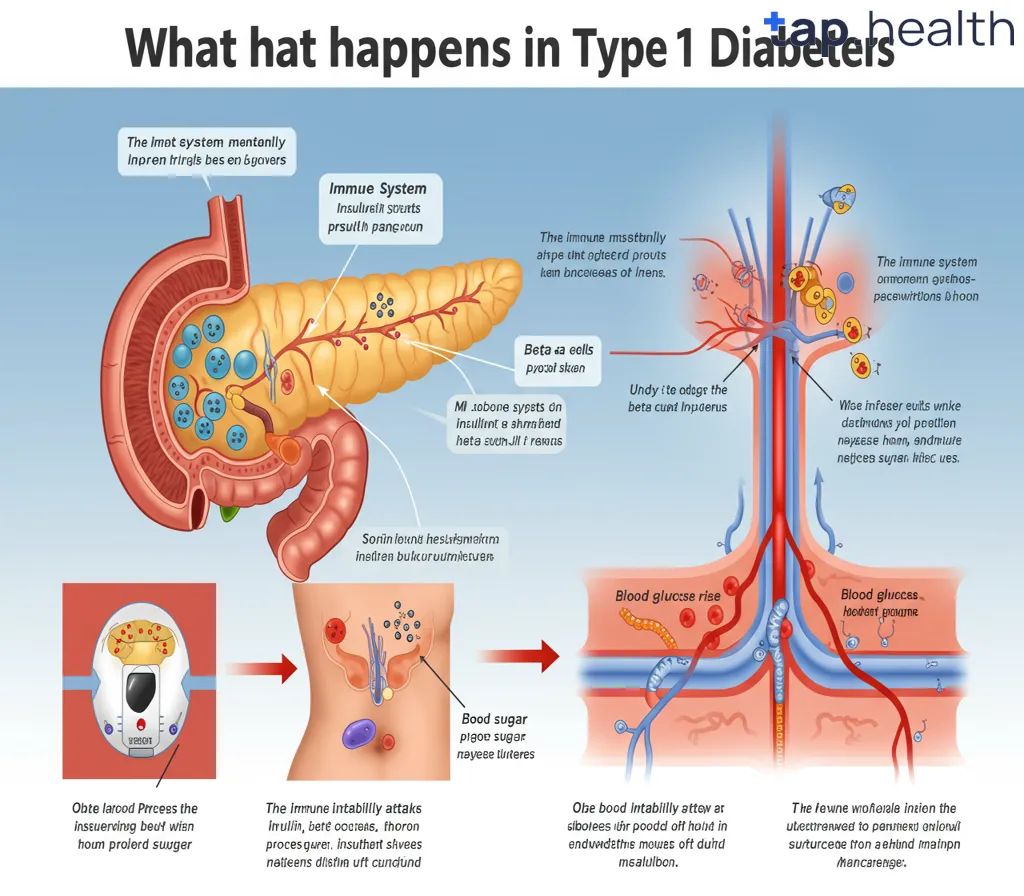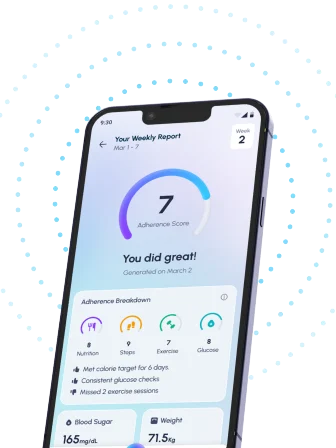Dengue fever, a mosquito-borne viral infection, is a significant public health concern in tropical and subtropical regions worldwide. It is caused by the dengue virus, which is transmitted primarily through Aedes mosquitoes. One of the critical aspects of managing dengue fever involves monitoring blood cell counts, particularly the white blood cell (WBC) count. This article provides an in-depth understanding of the WBC count in dengue fever, including what constitutes a low WBC count, its implications, and the role of this parameter in diagnosing and managing the disease.
What is Dengue Fever?
Dengue fever is an acute viral illness caused by the dengue virus, which has four serotypes: DENV-1, DENV-2, DENV-3, and DENV-4. The disease is transmitted to humans through the bites of infected Aedes mosquitoes, primarily Aedes aegypti. Dengue fever is characterized by high fever, severe headache, retro-orbital pain, muscle and joint pain, rash, and other symptoms.
Understanding White Blood Cell (WBC) Count
White blood cells (WBCs), or leukocytes, are a crucial component of the immune system. They play a vital role in defending the body against infections and other foreign substances. The normal range for WBC count in adults is typically between 4,000 and 11,000 cells per microliter of blood.
A decrease in WBC count, known as leukopenia, can occur in various conditions, including viral infections like dengue fever. Understanding the implications of a low WBC count in dengue fever is essential for proper diagnosis and management of the disease.
The Importance of WBC Count in Dengue Diagnosis
The white blood cell (WBC) count is very important for showing how the body fights off infections. In many viral infections, the WBC count goes up. This happens as the body works to remove the virus. However, in dengue fever, the WBC count usually goes down. This drop is called leukopenia.
This decrease is important. It can help tell dengue fever apart from other illnesses that have similar symptoms. If the platelet count also falls with leukopenia, it may mean severe dengue. This can lead to serious cases like hemorrhagic fever and other risks to life.
What is the Minimum WBC Count for a Dengue Diagnosis?
While there isn’t a specific minimum WBC count for a dengue diagnosis, a count below 5,000 cells/mm3, or leukopenia, is often observed. This decrease in white blood cells, especially lymphocytes, is often seen during the febrile phase of the illness.
However, WBC count alone is not sufficient for diagnosis. Doctors consider the patient’s clinical symptoms, medical history, and other laboratory results, such as platelet count and dengue-specific antibody tests, to confirm dengue infection.
| WBC Count (cells/mm3) | Interpretation |
| >5,000 | Normal Range |
| 4,000-5,000 | Mild Leukopenia |
| <4,000 | Moderate to Severe Leukopenia, Concerning in Dengue |
| Note: This table is for illustrative purposes. Consult a healthcare professional for proper interpretation. |
How to Prepare for a Dengue Test?
If you have symptoms of dengue, you should see a doctor right away. They may suggest a blood test to confirm if you have it.
Usually, you do not need to prepare in any special way for a dengue blood test. You can eat and drink as you normally would before the test. But, it is important to tell your doctor about any medications, vitamins, or supplements you are taking. Some things might change the test results.
Interpreting Your Dengue Test Results
A blood test for dengue can check for the virus, its antibodies, or both. If you get a positive result, it means you have a current or recent dengue infection.
Along with confirming dengue fever, the doctor will look at your blood cell counts. They will pay special attention to your platelet count to see how severe the infection is. The doctor will use the test results and your symptoms to make a treatment plan just for you.
Other Essential Tests for Diagnosing Dengue
Your doctor might check your overall health with some tests, white blood cell count, and dengue-specific tests.
These tests can include a complete blood count (CBC) to look at red blood cells, hemoglobin, and hematocrit. This will help in understanding your hydration level and risk of bleeding. They can also run liver enzyme tests to see if your liver has been affected. A urinalysis can be done to check how well your kidneys are working.
Protect Yourself from Dengue with Regular Check-Ups
Protecting yourself from the Aedes aegypti mosquito is very important for preventing dengue. The World Health Organization says a key way to do this is by getting rid of places where mosquitoes can breed. You should check and remove any stagnant water around your home, including in flower pots or other containers.
You can also cut down the chance of mosquito bites by using repellents, wearing long sleeves and pants, and making sure window screens are in good shape. It’s crucial to stay updated on local dengue outbreaks. If you have a high fever, severe headache, or any other dengue symptoms, it’s important to get medical help right away.
FAQ on White Blood Cell (WBC) Count in Dengue Fever
1. What is the normal range for WBC count in adults?
Answer: The normal range for white blood cell (WBC) count in adults typically falls between 4,000 and 11,000 cells per microliter of blood. This range can vary slightly depending on the laboratory and individual health factors.
2. What does a low WBC count indicate in dengue fever?
Answer: A low WBC count, or leukopenia, in dengue fever can indicate a more severe form of the disease, particularly during the critical phase. It may signal complications such as dengue hemorrhagic fever (DHF) or dengue shock syndrome (DSS). Monitoring the WBC count helps assess the severity of the disease and guide appropriate management.
3. What is the minimum WBC count observed in dengue fever?
Answer: While there is no universally fixed “minimum” WBC count for all dengue patients, a WBC count below 4,000 cells per microliter is considered low and may be associated with more severe forms of dengue. It is essential to interpret WBC count in conjunction with other clinical indicators and symptoms.
4. How does WBC count change throughout the stages of dengue fever?
Answer: In the early stages of dengue fever, the WBC count may remain normal or slightly elevated. As the disease progresses, particularly during the critical phase, some patients may experience a drop in WBC count. The WBC count needs to be monitored regularly to track disease progression and adjust treatment as needed.




